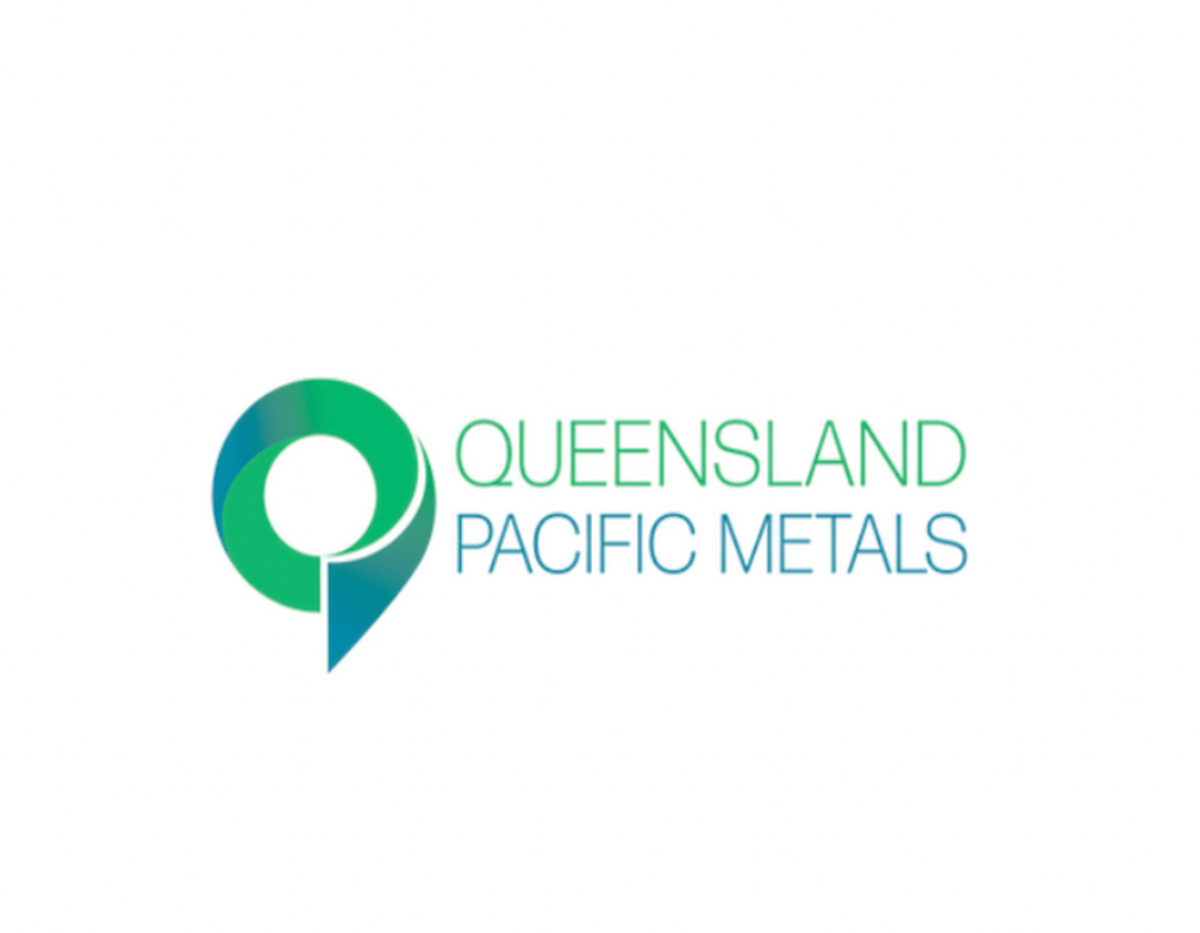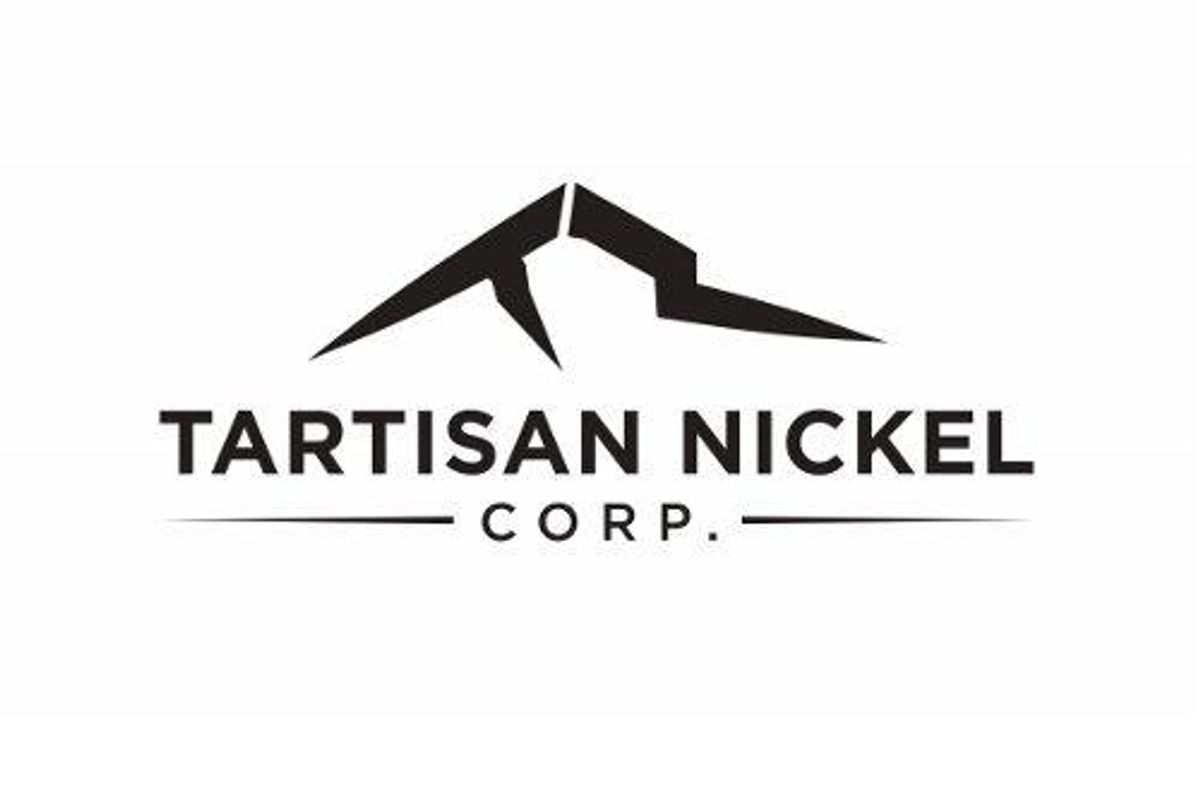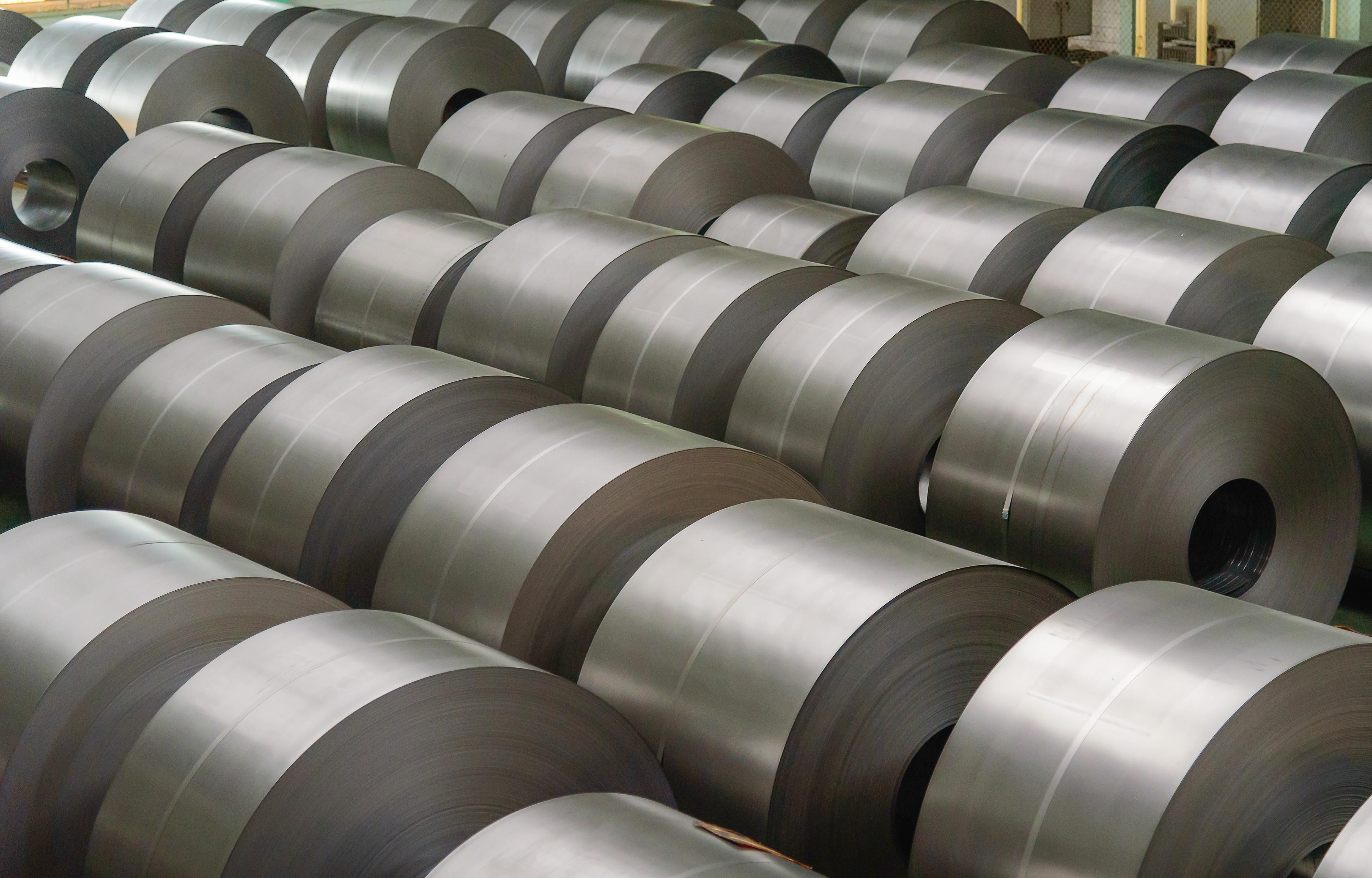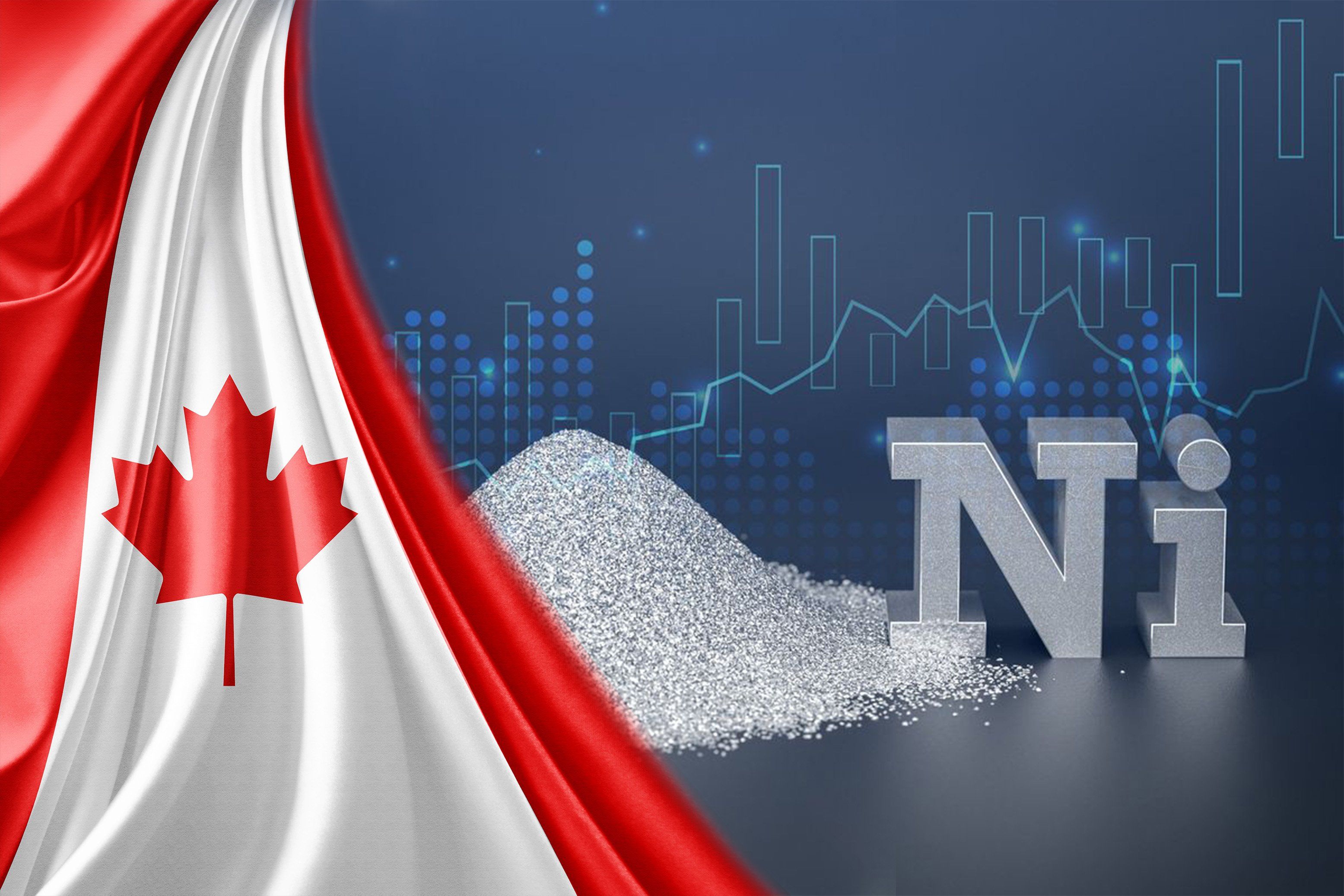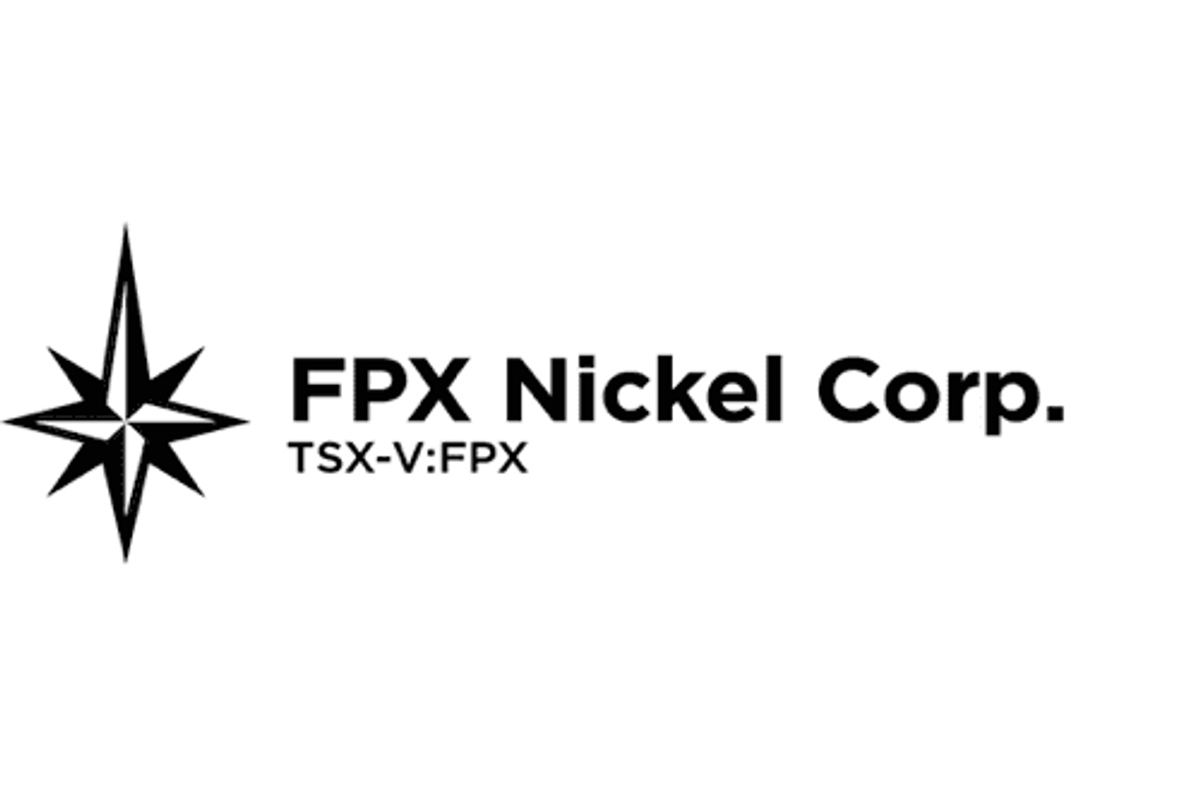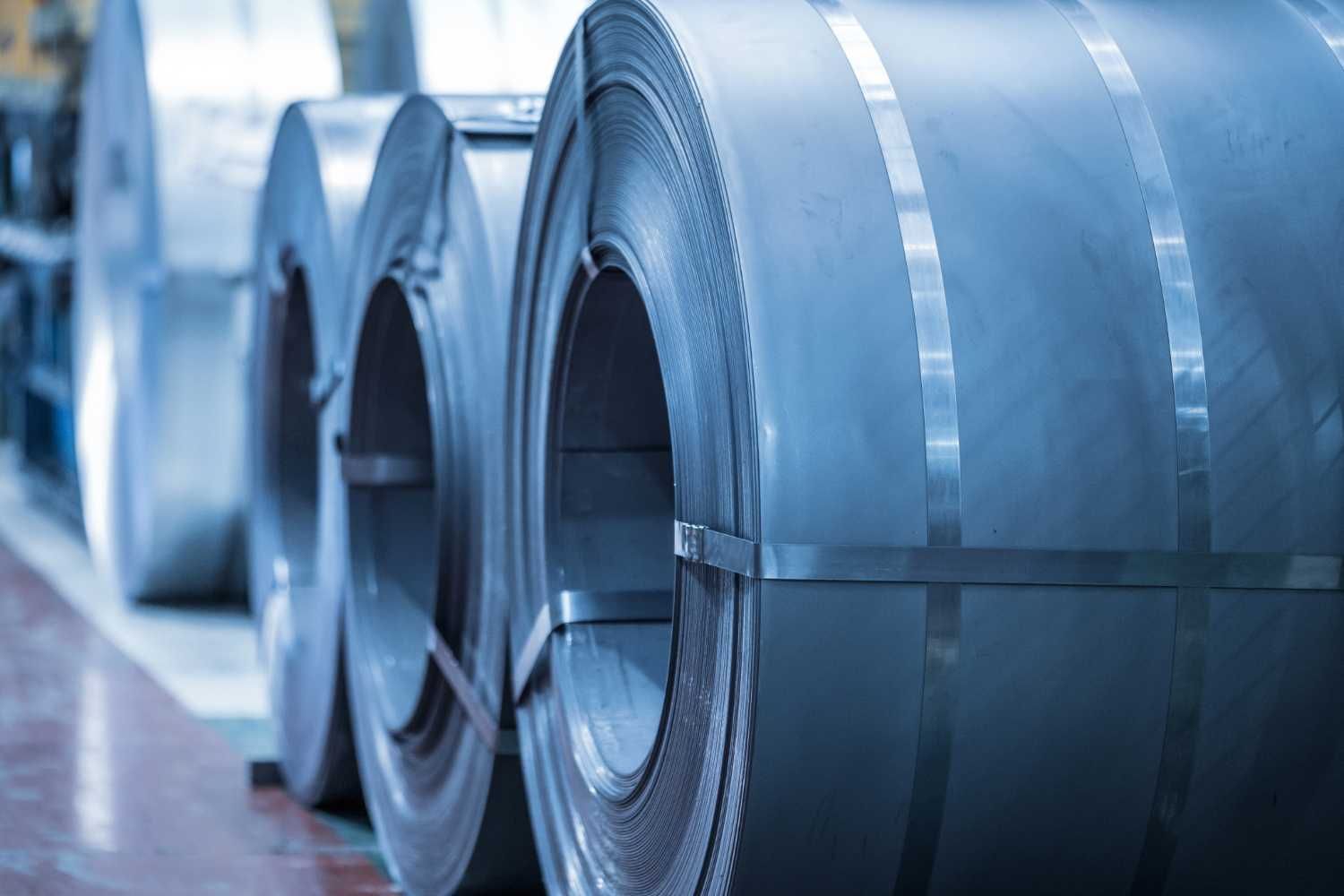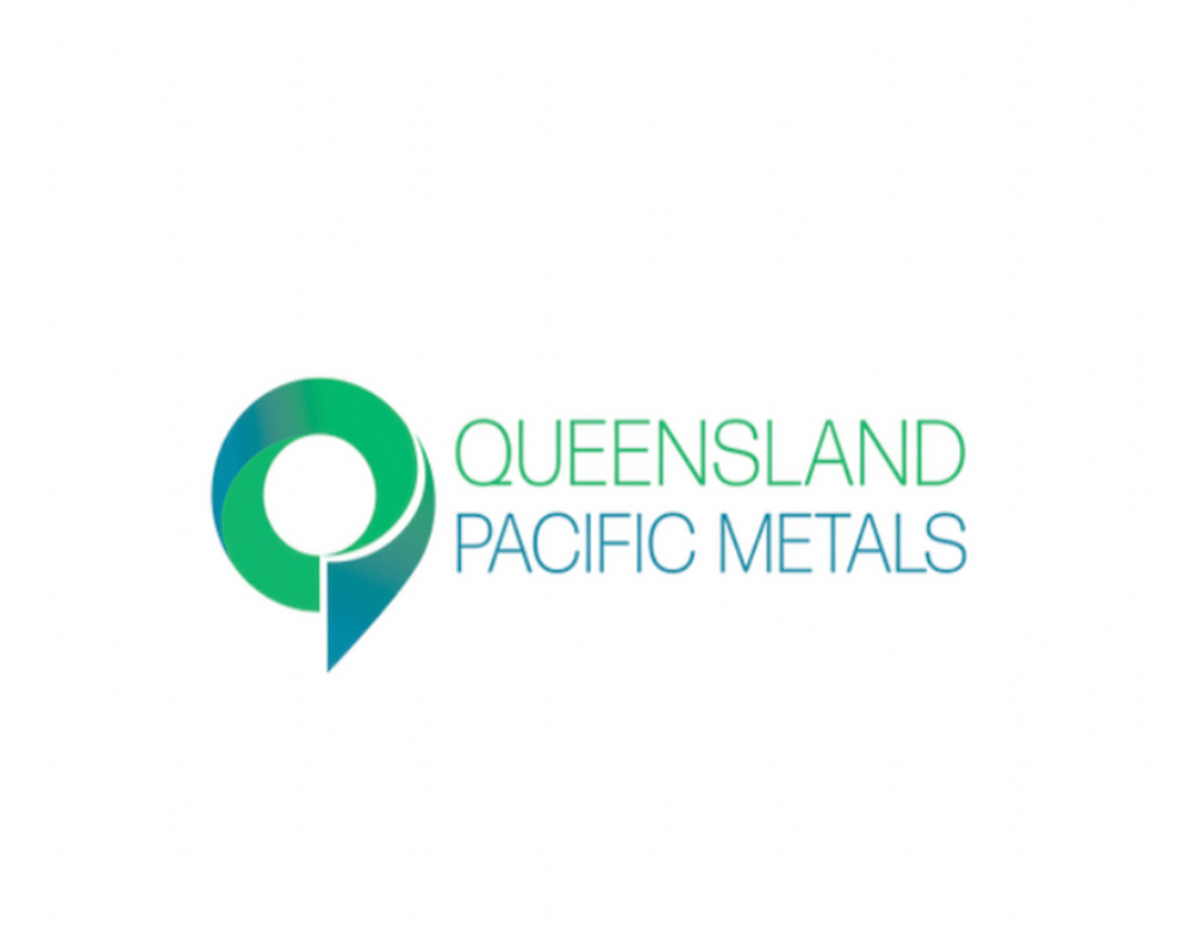
November 03, 2022
Queensland Pacific Metals Ltd (ASX:QPM) (“QPM” or “the Company”) is pleased to announce that it has received Australian Federal Government approval to construct and operate the TECH Project.
Highlights
- Key milestone achieved – Australian Federal Government approval to construct and operate the TECH Project.
- Approval conditions are in line with what is expected for a project of this nature and will not cause any significant impact to how QPM plans to construct and operate.
Federal Approvals
QPM has received written approval from the Department of Climate Change, Energy, the Environment and Water (“DCCEEW”) to construct and operate the TECH Project in accordance with Part 9 of the Environment Protection and Biodiversity Conservation Act 1999 (“EPBC Act”).
The approval under the EPBC Act represents a major milestone for QPM as it progresses towards a final investment decision for the TECH Project. The other major approval required by QPM is from Townsville City Council and the Queensland State Government, a process which is also well advanced.
Most pleasing for QPM is that, as forecast, the conditions associated with the approval under the EPBC Act are not onerous and will not significantly impact QPM’s construction or operating activities. They are in line with typical conditions expected for a clean processing technology, the Direct Nickel Process and for project of this nature in an industrial park.
QPM’s consultant for its regulatory approvals work is EMM Consulting.
Click here for the full ASX Release
This article includes content from Queensland Pacific Metals, licensed for the purpose of publishing on Investing News Australia. This article does not constitute financial product advice. It is your responsibility to perform proper due diligence before acting upon any information provided here. Please refer to our full disclaimer here.
QPM:AU

Sign up to get your FREE
Queensland Pacific Metals Investor Kit
and hear about exciting investment opportunities.
- Corporate info
- Insights
- Growth strategies
- Upcoming projects
GET YOUR FREE INVESTOR KIT
The Conversation (0)
20 April 2022
Queensland Pacific Metals
Developing a Sustainable and High-Purity Battery Materials Refinery Project
Developing a Sustainable and High-Purity Battery Materials Refinery Project Keep Reading...
Keep reading...Show less
01 December
Tartisan Nickel Corp. Acquires Apex Claims Contiguous to the Kenbridge Nickel Copper Cobalt Project, Northwestern, Ontario
Tartisan Nickel Corp. (CSE: TN,OTC:TTSRF) (OTCQB: TTSRF) (FSE: 8TA) ("Tartisan", or the "Company") is pleased to announce that it has completed the purchase of three claims historically identified as the "Apex Claims" located in the Atikwa Lake region, in the Kenora Mining District, Northwestern... Keep Reading...
10 November
Top 5 ASX Nickel Stocks of 2025
Although countries around the world have been adding nickel to their critical minerals lists, many nickel companies have faced difficulties recently due to a tough price environment.Nickel prices started 2025 with high volatility before flattening in Q3 at around US$15,000 per tonne.Price... Keep Reading...
03 November
Top 5 Canadian Nickel Stocks of 2025
Nickel prices have experienced volatility in the past few years due to supply and demand uncertainty. While demand has been consistent, prices have been mainly influenced by structural oversupply stemming from high output from Indonesia, which rapidly increased output in recent years to become... Keep Reading...
29 October
Nickel Price Update: Q3 2025 in Review
Nickel prices were volatile in the first half of 2025, but evened out in Q3 amid ongoing oversupply concerns.The market has also faced considerable uncertainty as the US adjusts its trade and spending policies, with headwinds coming from the end of the country's electric vehicle (EV) tax credit... Keep Reading...
Latest News

Sign up to get your FREE
Queensland Pacific Metals Investor Kit
and hear about exciting investment opportunities.
- Corporate info
- Insights
- Growth strategies
- Upcoming projects
GET YOUR FREE INVESTOR KIT
Latest Press Releases
Related News
TOP STOCKS
American Battery4.030.24
Aion Therapeutic0.10-0.01
Cybin Corp2.140.00
